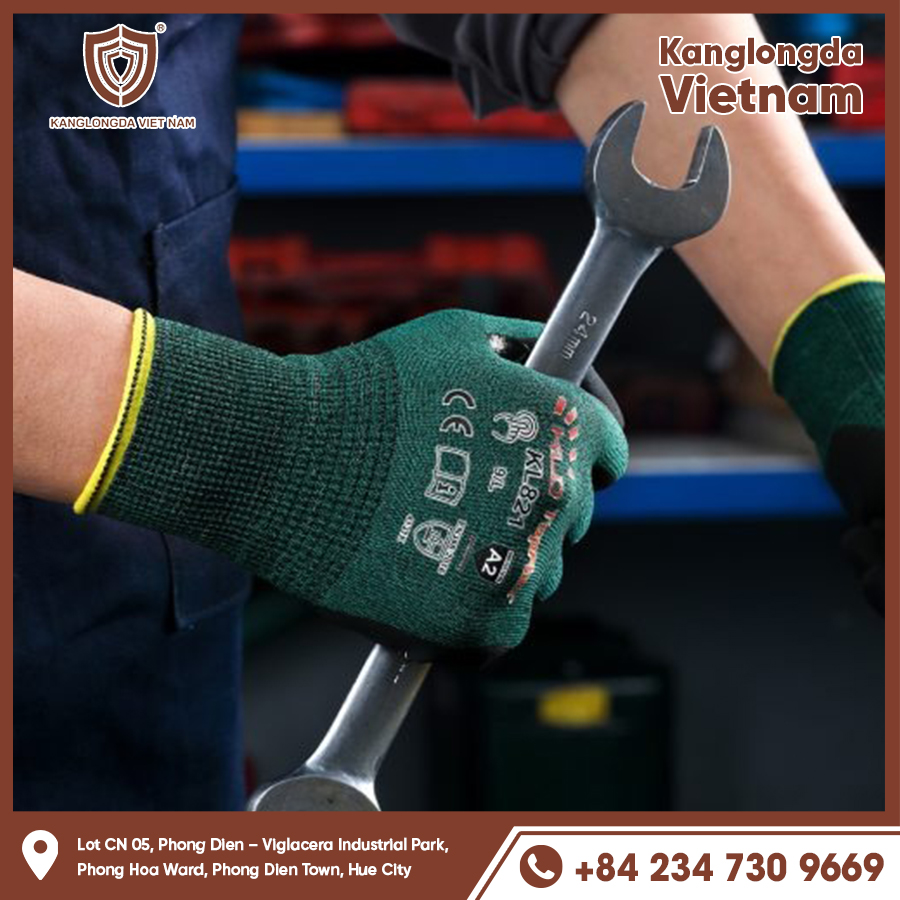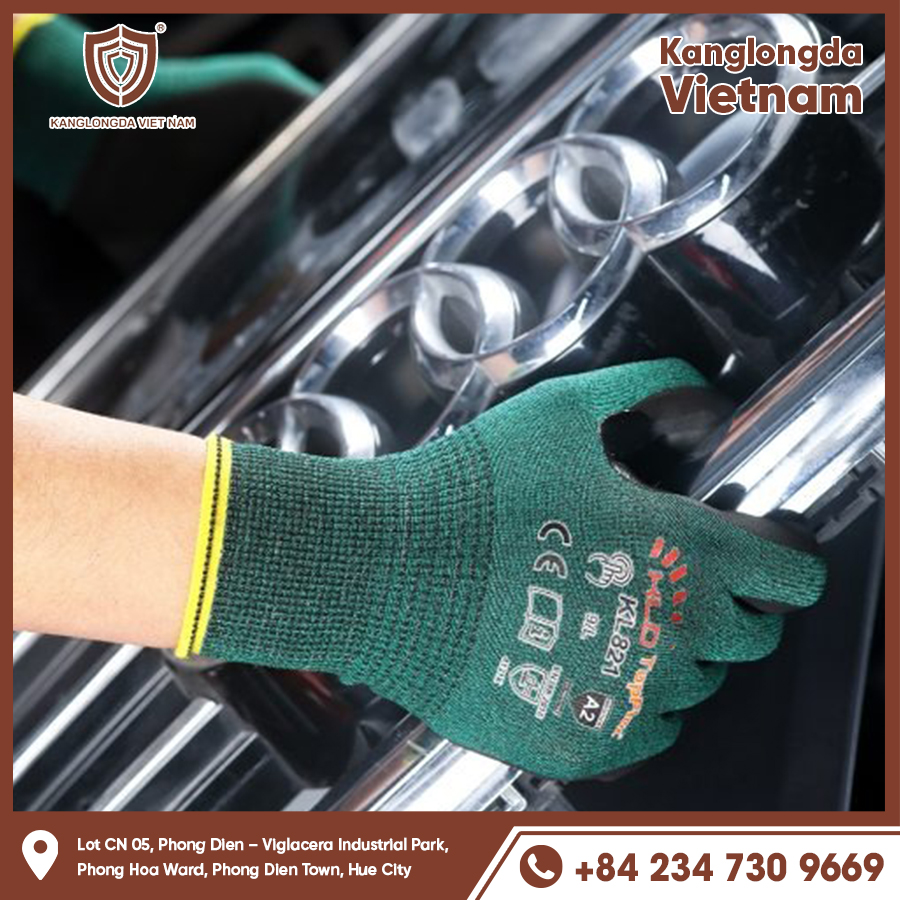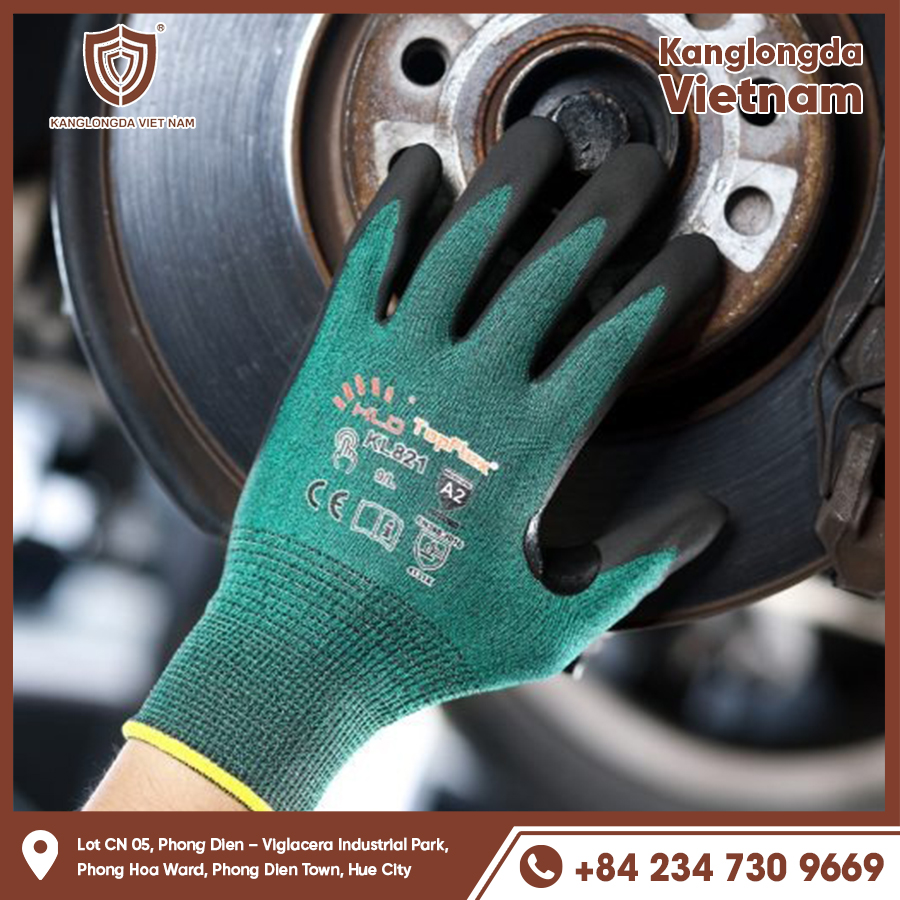Raynaud’s disease is a condition where small blood vessels in extremities, especially fingers, overreact to cold or stress, causing numbness, pain, and discoloration. For those affected, keeping hands warm is not just about comfort—it’s crucial to prevent painful attacks. Special gloves for Raynaud’s disease offer targeted warmth, insulation, and protection, designed to support blood flow and reduce symptoms. This comprehensive guide will explore the best gloves for Raynaud’s, their materials, features, and how to select the right pair for your needs.

Understanding Raynaud’s Disease and Its Challenges
What is Raynaud’s Disease?
Raynaud’s disease causes spasms in blood vessels, reducing blood flow to fingers and toes during cold or stress. Symptoms include color changes (white, blue, then red), numbness, tingling, and pain. Repeated attacks can lead to long-term tissue damage if not managed well. Managing temperature exposure and preventing cold-induced attacks are key to living comfortably with Raynaud’s.
Why Proper Gloves Matter
Standard gloves often fail to keep hands sufficiently warm or breathable for those with Raynaud’s. Gloves designed specifically for this condition focus on maximizing heat retention, improving circulation, and reducing moisture buildup, which can exacerbate cold sensitivity. The right gloves can help prevent attacks and protect sensitive skin.
Common Symptoms Affecting Hand Care
During an attack, fingers may become stiff and extremely cold, making dexterity difficult. Additionally, skin can become dry or cracked due to poor circulation. Proper gloves help maintain warmth while protecting the skin from irritation and damage caused by frequent exposure to cold and moisture.
Key Features of Gloves for Raynaud’s Disease
Superior Insulation Materials
Gloves for Raynaud’s typically use high-quality insulation such as Thinsulate, fleece, or thermal wool blends. These materials trap body heat efficiently while remaining lightweight, allowing fingers to stay warm without bulkiness. Some gloves combine multiple layers to enhance protection against cold and wind.
Breathability and Moisture Control
Excess moisture can worsen symptoms by cooling the skin quickly. Breathable fabrics like Gore-Tex or specialized membranes help wick sweat away while preventing cold air infiltration. Gloves with moisture-wicking liners keep hands dry, which is essential for comfort and health.
Comfort and Fit
A snug yet comfortable fit is critical. Gloves should not be too tight to restrict blood flow, nor too loose to allow cold air inside. Adjustable closures and stretch fabrics ensure a proper seal around wrists, reducing exposure to cold drafts while maintaining circulation.
Types of Gloves Recommended for Raynaud’s Disease
Heated Gloves
Battery-powered heated gloves provide active warmth through embedded heating elements. Users can adjust heat levels, which is ideal for severe symptoms or very cold environments. These gloves combine insulation with technology to maintain consistent warmth for hours, significantly reducing attacks.
Thermal Gloves
Thermal gloves use advanced insulation without active heating. Materials like Thinsulate, fleece, or wool trap heat efficiently and are often windproof and water-resistant. These gloves offer a simpler, lower-maintenance option with excellent passive warmth for daily use.
Mittens vs. Gloves
Mittens generally keep fingers warmer by grouping them together, reducing surface area exposed to cold air. Many with Raynaud’s find mittens more effective for outdoor activities, although some prefer fingered gloves for better dexterity indoors. Hybrid gloves with mitten flaps offer versatility.

Additional Technologies and Features to Look For
Windproof and Waterproof Layers
Wind and moisture worsen Raynaud’s symptoms by chilling the skin. Look for gloves with windproof outer layers made from materials like nylon or polyester treated with waterproof coatings. Keeping cold wind and rain out is essential to maintain warmth and comfort.
Touchscreen Compatibility
For convenience, some gloves now feature touchscreen-compatible fingertips. This allows users to operate smartphones or devices without removing gloves, avoiding exposure to cold air during use. It’s especially helpful for people who need frequent device access during cold weather.
Compression Support
Some gloves incorporate mild compression elements to improve blood circulation. This can reduce the frequency and severity of Raynaud’s attacks by encouraging better blood flow while providing gentle support to hands and wrists.
How to Choose the Best Gloves for Raynaud’s Disease
Assess Your Environment and Activity
Consider where and when you’ll use the gloves. If you spend extended time outdoors in freezing temperatures, heated or heavily insulated gloves may be necessary. For indoor use or moderate weather, lightweight thermal gloves might suffice. Consider your daily activities to choose a style that balances warmth and functionality.
Prioritize Warmth and Comfort
Warmth should be your primary focus, but comfort is essential for prolonged wear. Try gloves with soft, breathable liners and adjustable wrist closures. Avoid materials that irritate sensitive skin, and opt for seamless designs or soft stitching to prevent chafing.
Check Reviews and Recommendations
Look for user reviews from others with Raynaud’s disease. Feedback on warmth, durability, and comfort can provide valuable insights. Medical or therapeutic product endorsements may also indicate higher effectiveness for this condition.
Caring for Your Raynaud’s Gloves to Maximize Lifespan
Proper Cleaning Methods
Follow manufacturer instructions carefully. Most thermal gloves can be hand washed or machine washed on gentle cycles, but heated gloves require special care for electronic components. Use mild detergents and air dry to preserve insulation and electronic parts.
Storage Tips
Store gloves in a cool, dry place away from direct sunlight to avoid material degradation. For battery-heated gloves, remove batteries when not in use to prolong battery life. Keep gloves flat or lightly folded to avoid crushing insulation.
When to Replace Your Gloves
Replace gloves if insulation compresses, outer materials wear out, or heating elements fail. Worn gloves lose effectiveness, increasing the risk of cold exposure and attacks.
Additional Tips for Managing Raynaud’s Disease in Cold Weather
Layering Gloves
For extreme cold, layering a thin liner glove under a thicker thermal glove or mitten can provide extra insulation and comfort. Liners made of silk or wool can enhance warmth without bulk.
Keeping Core Body Temperature Up
Maintaining overall body warmth helps reduce Raynaud’s symptoms. Wear warm clothing, use heated insoles, and keep your head and neck covered to minimize heat loss. Warm blood flow to extremities reduces attack risk.
Lifestyle and Stress Management
Stress is a known trigger for Raynaud’s attacks. Combining glove use with stress reduction techniques like deep breathing or meditation may help lessen attack frequency.

For individuals living with Raynaud’s disease, selecting the right gloves is essential for maintaining hand warmth, comfort, and health. Gloves designed specifically for Raynaud’s focus on superior insulation, moisture control, and circulation support to reduce painful attacks and protect sensitive skin. Whether you prefer battery-heated gloves, insulated thermal gloves, or mittens, understanding your needs and the glove features will help you make the best choice. Remember to care for your gloves properly to ensure long-lasting protection through every cold season.






